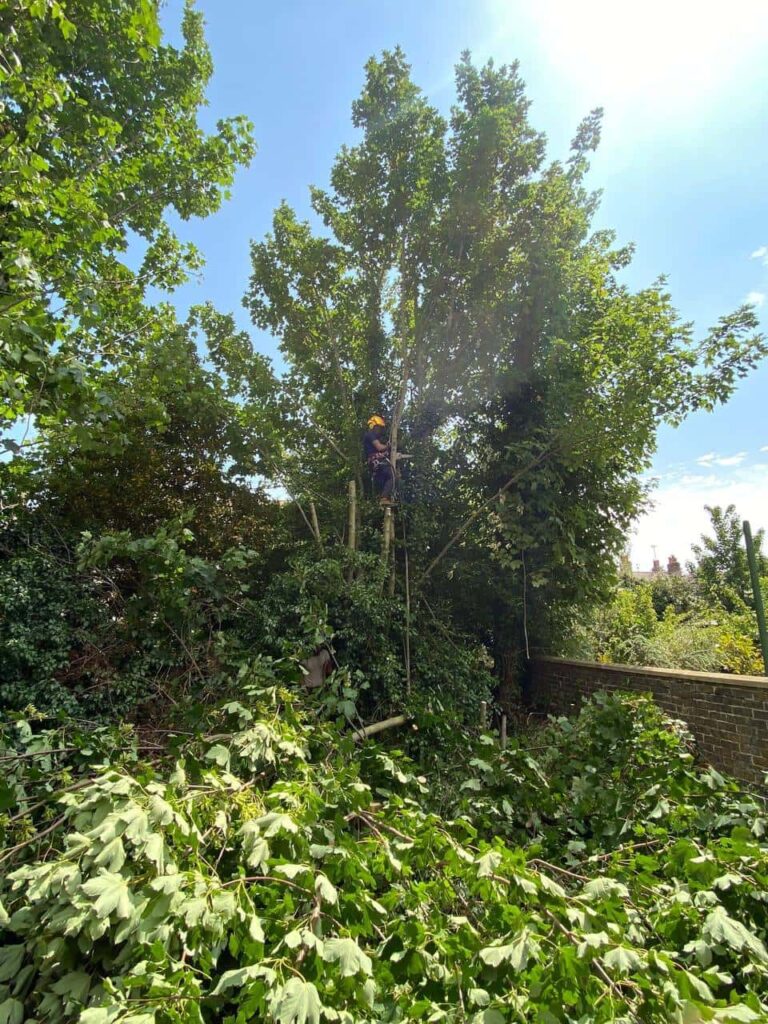Introduction: Hedges are a beautiful addition to any landscape, offering privacy, structure, and aesthetic appeal. However, over time, hedges can become overgrown, with thick or woody growth that can be challenging to manage. Proper hedge-cutting techniques are essential for maintaining healthy and attractive hedges, even when dealing with dense or stubborn growth. In this guide, we’ll explore effective strategies for hedge cutting to tackle thick or woody growth and rejuvenate your hedge for a fresh and vibrant appearance.
Assessing the Situation:
- Before diving into hedge cutting, take the time to assess the condition of your hedge and identify areas of thick or woody growth. Look for sections of the hedge that appear dense, overgrown, or have woody stems that are difficult to cut through. Understanding the extent of the problem will help you develop a targeted hedge-cutting plan to address the thick growth effectively.
Selecting the Right Tools:
- Dealing with thick or woody growth requires specialised tools for heavy-duty hedge cutting. Opt for hedge trimmers with sharp, serrated blades and powerful motors capable of cutting through dense vegetation. Long-handled loppers or pruning saws may also be necessary for tackling thicker branches or woody stems. Investing in quality tools will make the hedge-cutting process smoother and more efficient.
Gradual Pruning Approach:
- When dealing with thick or woody growth, it’s important to take a gradual approach to pruning to avoid causing stress or damage to the hedge. Start by removing dead or diseased branches, then selectively thinning out dense areas to improve air circulation and light penetration. Use hand pruners or loppers to selectively cut back woody growth, focusing on removing a portion of the older, thicker stems to encourage new growth from the base of the hedge.
Timing is Key:
- Timing is crucial in hedge cutting, especially when dealing with thick or woody growth. Aim to prune your hedge during the dormant season in late winter or early spring before new growth begins. During this time, the hedge is less actively growing, making it easier to identify and remove thick or woody stems. Avoid pruning hedges during hot, dry periods, as this can stress the plants and hinder their ability to recover from pruning.
Patience and Persistence:
- Dealing with thick or woody growth may require patience and persistence, especially if the hedge has been neglected for some time. Be prepared to tackle the pruning process in stages, focusing on one section of the hedge at a time to avoid overwhelming yourself or causing excessive stress to the plants. Regular maintenance pruning throughout the growing season can help prevent the hedge from becoming overly dense or woody in the future.
Conclusion: Hedge cutting is necessary for maintaining healthy and attractive hedges, even when dealing with thick or woody growth. By assessing the situation, selecting the right tools, taking a gradual pruning approach, timing your pruning efforts appropriately, and exercising patience and persistence, you can effectively tackle dense or stubborn growth and rejuvenate your hedge for a fresh and vibrant appearance. With proper care and maintenance, your hedge will continue to thrive and enhance your landscape for years.
Call us on: 01787 322 388
Click here to find out more about Sudbury Tree Surgeons
Click here to complete our contact form and see how we can help with your tree’s needs.

